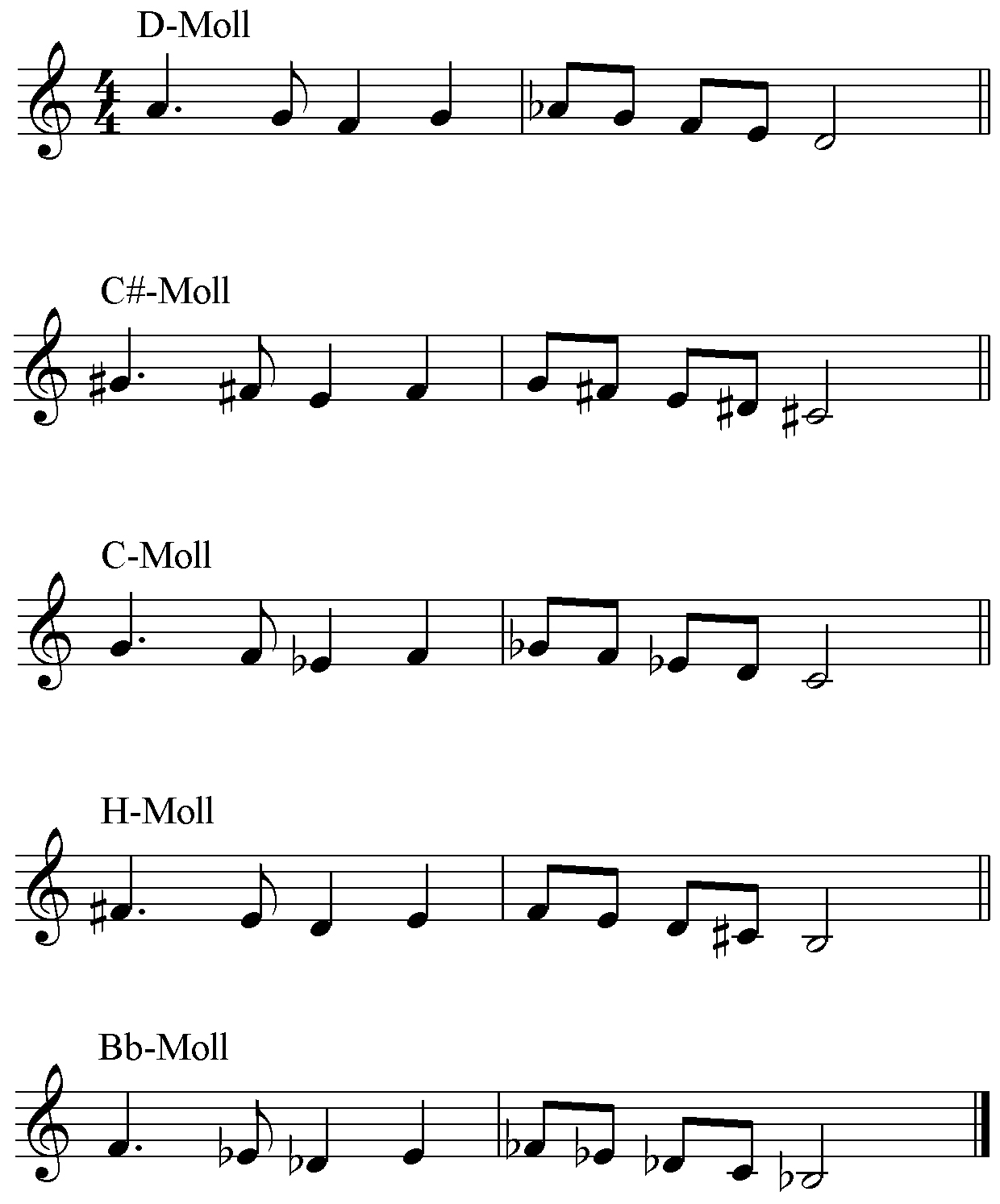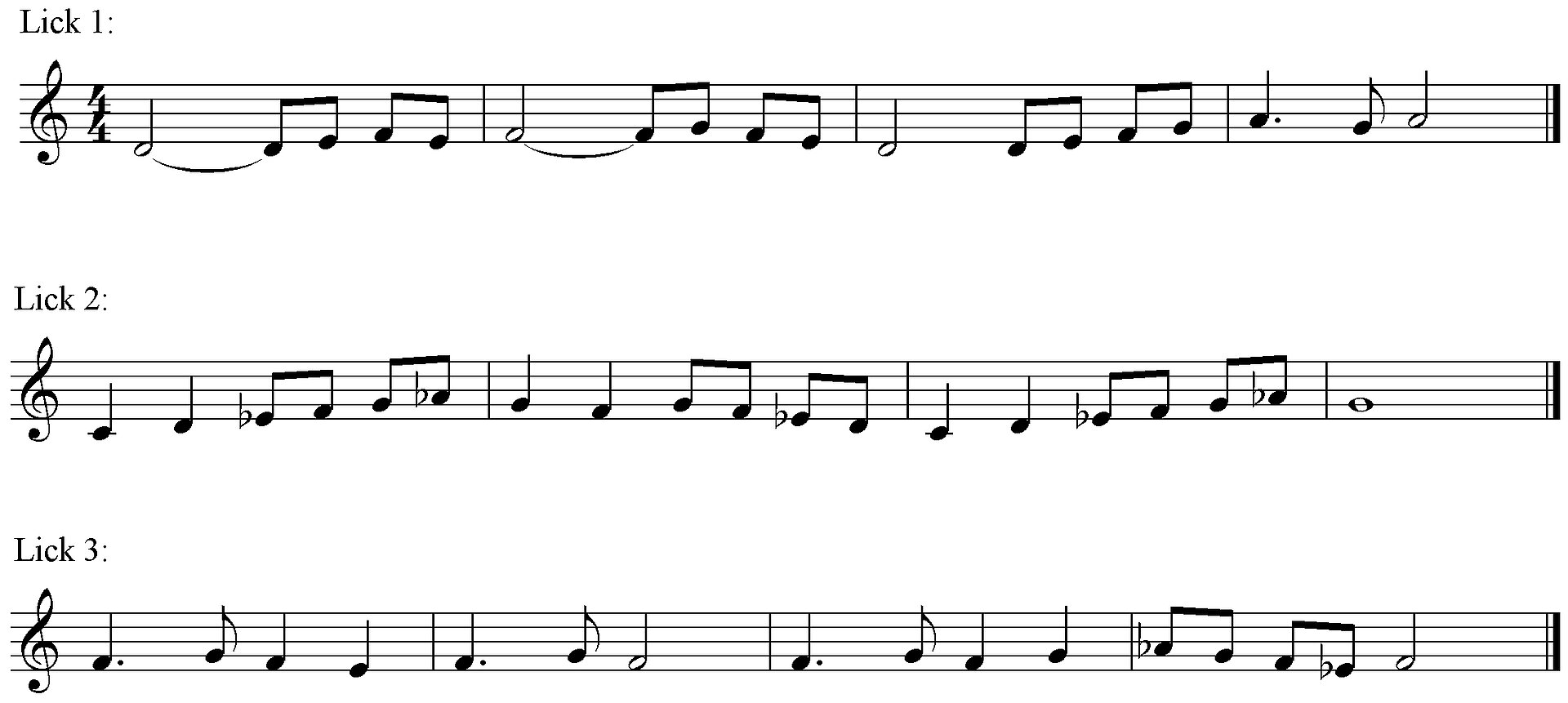Subtone – about its creation and use
Introduction
Like no other wind instrument, the saxophone subsists of its sound diversity and the various and emotional sound possibilities. For example, there's the aggressive, „screaming“ sound that we know from rock songs but also the cool, light sound which can be found in various jazz or rock ballads. In this edition of the workshop, we'll treat the second sound, the so-called „Subtone“.Like no other wind instrument, the saxophone subsists of its sound diversity and the various and emotional sound possibilities. For example, there's the aggressive, „screaming“ sound that we know from rock songs but also the cool, light sound which can be found in various jazz or rock ballads. In this edition of the workshop, we'll treat the second sound, the so-called „Subtone“.Like no other wind instrument, the saxophone subsists of its sound diversity and the various and emotional sound possibilities. For example, there's the aggressive, „screaming“ sound that we know from rock songs but also the cool, light sound which can be found in various jazz or rock ballads. In this edition of the workshop, we'll treat the second sound, the so-called „Subtone“.
How do I play a subtone?
The subtone comes out best in a low register and quite often it is used by tenor saxophonists. Nonetheless, it can be played nicely on an alto saxophone as well.. Due to the fact that it produces a rather soft sound, the slow songs are the ones where you can hear subtones the best. The famous Bossa-Nova standard „The girl From Ipanema“, which is originally played by the genius saxophonist Ben Webster, is a classical example for this. But also the saxophone classic „Pink Panther“ is played frequently with this breathed tone. Another typical representative of the subtone is the great jazz saxophonist Ben Webster. If it should be more modern, we can find the genius pop saxophonist Grover Washington Jr., who played the global saxophone hit „Just The Two Of Us“ with Bill Withers. It even becomes more modern with Sade's „Smooth Operator“ - one of the nicest saxophone intros of the eighties.
Application in the orchestra and the big band
Subtone is a soloistic matter and thus it's rarely used in the brass section of a big band or a musical society. Airy sounds, unclean tones or saliva on the reed would rather be experienced as a lack of playing technique in a brass section than an intentionally applied sound. But also in a bigger cast, the subtone can sound interesting – namely when the saxophonist performs a slow melody or plays solo.
Hints for the playing technique
As mentioned before, subtone passages are usually played quietly and very „breathy“ - temporarily, the wind noise is louder than the actual saxophone tone. Subtone passages should be blown extremely loosely, which means without the usual firm lip pressure. It's no problem to use a lot of air which then produces an „airy sound“. In no case, the tone has to be „clean“ or „beautiful“ and even background noise like saliva on the reed are allowed and even desired.
Exercise 1 – subtone with only one tone
First, we practice the subtone with only one tone. Ideally, it should be a low note that doesn't respond too hard – that's why we use a simply low D. Start by playing this tone with a „normal“ approach. Afterwards, make sure that your jaw becomes more loose; so it constantly goes further downwards, away from the reed and the mouthpiece until the tone almost „slides away“ and can't be heard anymore. Shortly before it slides away, the tone should become nicely breathy and reveil the „subtony“ sound. To other saxophonists, it might appear more logical the other way around: grab a low D, take the mouthpiece into your mouth – but first without pressing your lip against the reed. When you start blowing into the mouthpiece now, only the air and no tone should be hearable. Little by little, you increase the tension of your lips until your low D becomes hearable with a lot of air sounds. With this start, you can now try to play our subtone exercises.
Exercise 2 – note examples for subtone
In this section, I wrote down some exercises for subtone. It is each time the same melody which is always moved a semitone downwards, so you can practice this technique especially among the low notes. Try playing these exercises with a low lip pressure and a lot of air, which can even rush past the mouthpiece. Beside the exercises I wrote down for you here, you can of course practice subtones with well-known melodies that are especially appropriate when you play them in a low position of your saxophone.
Hints for the exercises
Layed Back
Due to the fact that the subtone should produce a rather lascivious and „cool“ atmosphere, such passages are likely to be played „layed back“, which means that we don't play exactly on the timing but slightly after the beat.
Notation
Subtone passages aren't usually highlighted in the notes because they are a rather individual and special matter. If in a brass arrangement the subtone technique is explicitely desired, we mostly find the reference „play with subtone“ or „with sub“ below or above the notes.
Songs
We can also practice the subtone by playing well-known melodies with this technique. For copyright reasons, I'm not allowed to print melodies in here but I guess everybody has some songs in his notes that are suitable for the subtone technique.
Final words
For those who don't have appropriate songs in their repertoire, I can recommend the booklets from „Schott Saxophone Lounge“. In the volume „Movie Classics“ you will find the example „Pink Panther“ which is very suitable for subtone; the volume „Latin Standard“ presents you „The Girl from Ipanema“ which can be played very nicely with subtone, especially by tenor saxophonists.
With this in mind: have fun playing the sax!




